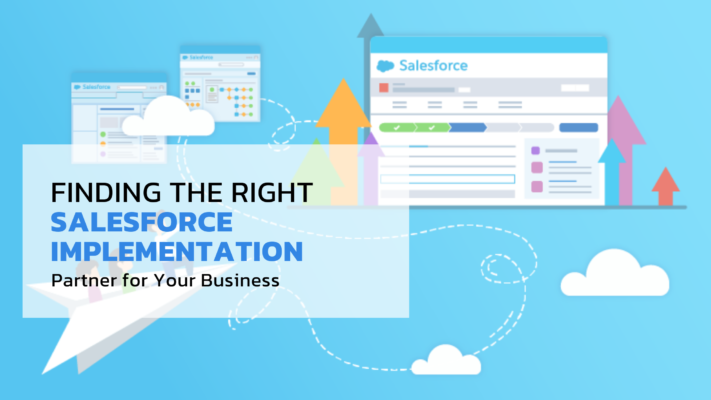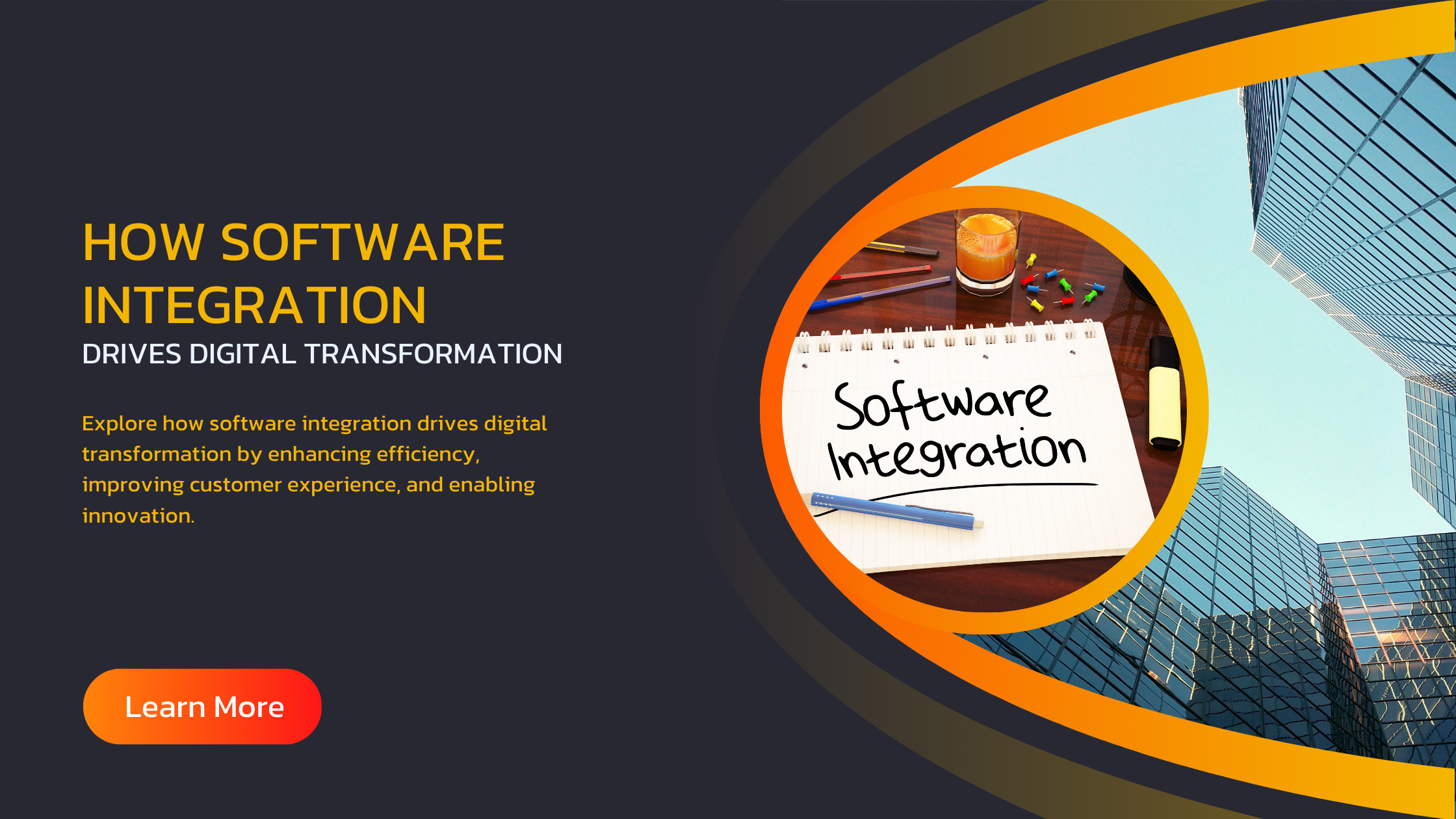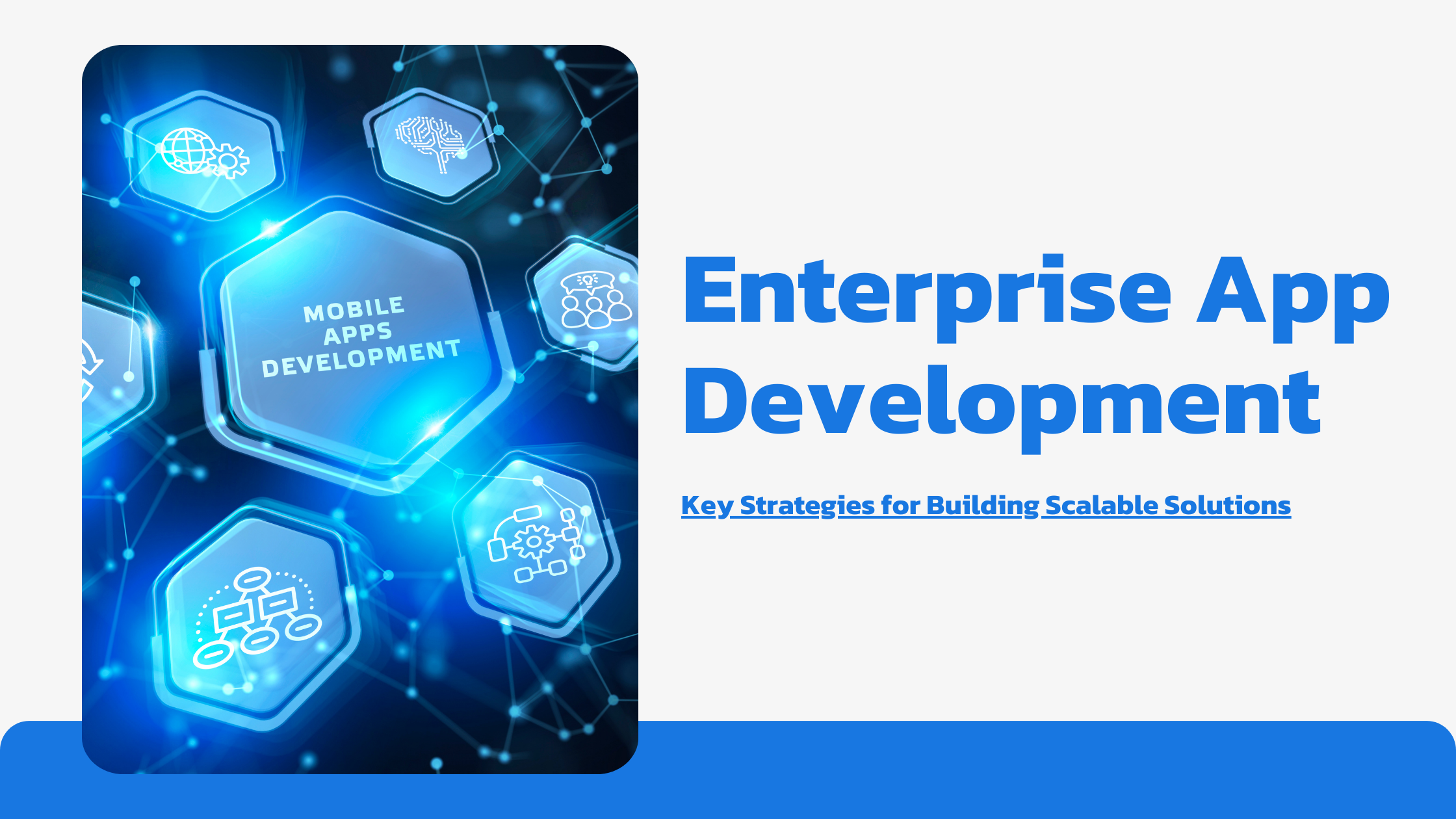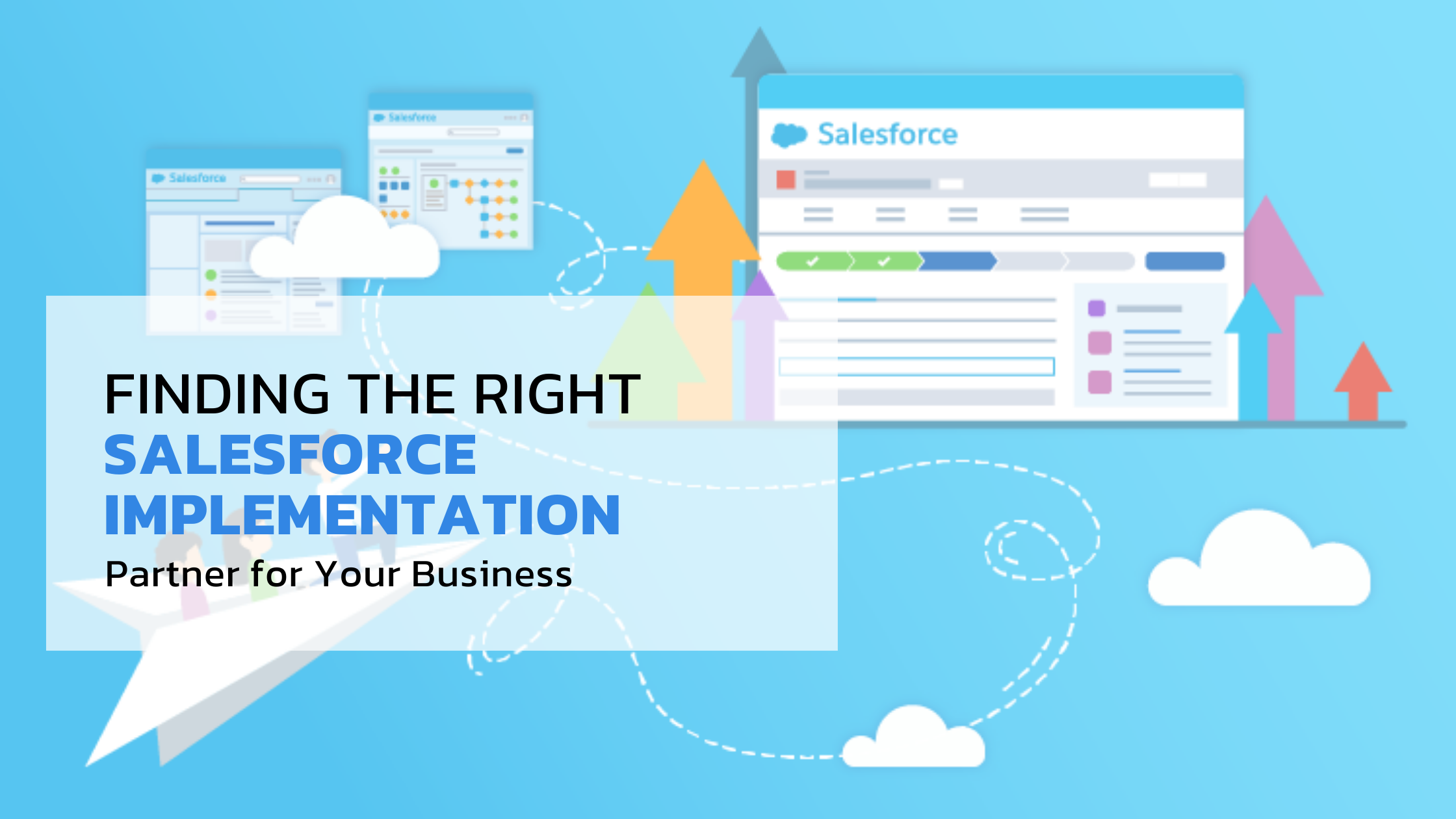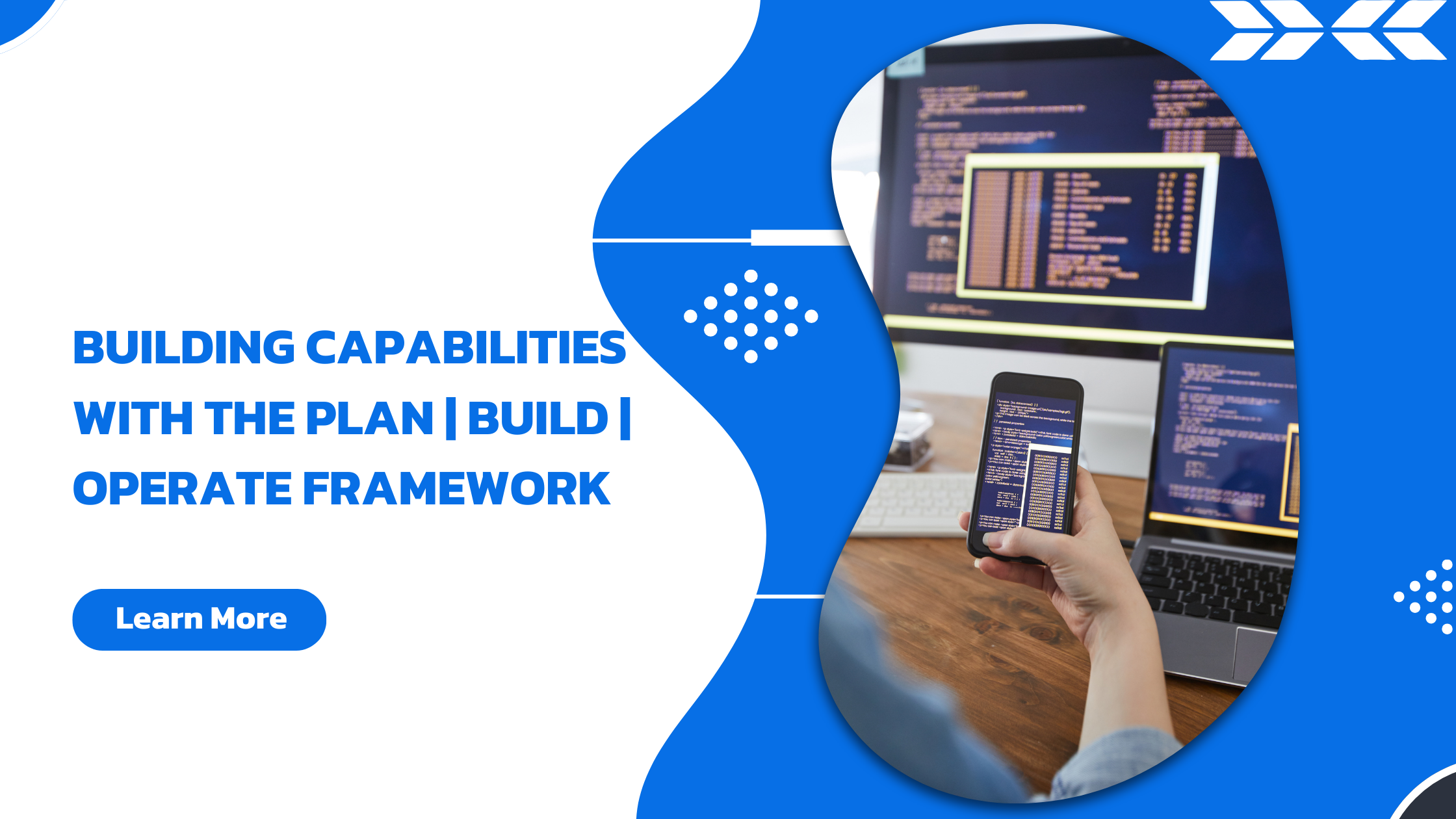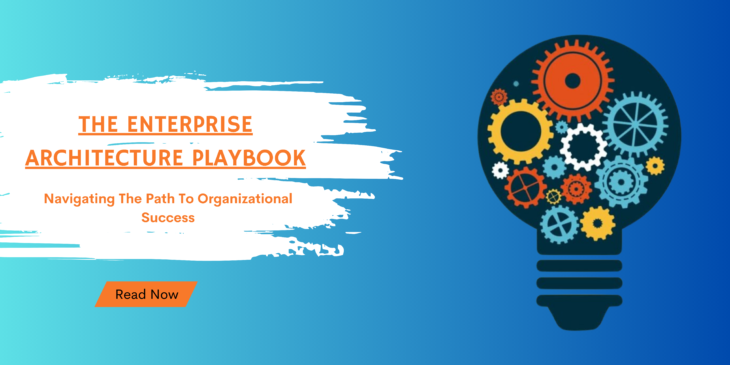
- April 12 2024
- admin
In the dynamic and ever-evolving business landscape, organizations are constantly seeking ways to streamline their operations, enhance their competitive edge, and adapt to changing market conditions. At the heart of this pursuit lies the concept of Enterprise Architecture (EA), a holistic and strategic approach that has emerged as a critical driver of organizational success.
Enterprise Architecture is a comprehensive framework that aligns an organization’s technology, data, processes, and people to achieve its strategic objectives. By providing a unified and integrated view of the enterprise, Enterprise Architecture enables organizations to make informed decisions, optimize their resources, and navigate the complexities of the digital age.
In this comprehensive blog post, we will delve into the world of Enterprise Architecture, exploring its core principles, the frameworks that underpin it, and the strategic processes that guide its implementation. Whether you’re a seasoned IT professional, a business leader, or an aspiring architect, this guide will empower you to harness the transformative power of Enterprise Architecture and unlock new levels of organizational alignment and performance.
Defining Enterprise Architecture: The Big Picture
Enterprise Architecture is a discipline that encompasses the entire organization, transcending the traditional boundaries of information technology (IT) and aligning it with the overarching business strategy. It provides a structured and holistic approach to understanding, designing, and implementing the various components that make up an organization, including its systems, processes, data, and people.
At its core, Enterprise Architecture aims to bridge the gap between an organization’s strategic goals and its operational capabilities, ensuring that the technology, information, and infrastructure investments are closely aligned with the business’s needs and objectives.
The Key Elements of Enterprise Architecture
Enterprise Architecture is composed of several interdependent elements that work together to create a comprehensive and cohesive view of the organization. These elements include:
- Business Architecture: This component focuses on understanding the organization’s mission, vision, strategy, and the processes that support its core business activities.
- Information Architecture: This element addresses the organization’s data and information management, including the definition, storage, and utilization of data assets.
- Application Architecture: This component deals with the design, development, and integration of the organization’s software applications and systems.
- Technology Architecture: This element encompasses the organization’s hardware, software, and infrastructure, including the network, computing, and communication technologies.
- Security Architecture: This component focuses on the security measures, policies, and controls that protect the organization’s data, systems, and assets.
By aligning these elements, Enterprise Architecture helps organizations achieve a holistic understanding of their current state, identify opportunities for improvement, and develop a roadmap for transforming their operations to meet their strategic objectives.
The Benefits of Enterprise Architecture
Implementing a robust Enterprise Architecture framework can deliver a wide range of benefits to organizations, including:
- Improved Alignment: Enterprise Architecture ensures that the organization’s technology, data, and processes are closely aligned with its business strategy, enabling more effective decision-making and resource allocation.
- Increased Agility**: By providing a comprehensive view of the enterprise, Enterprise Architecture allows organizations to quickly adapt to changing market conditions, customer needs, and regulatory requirements.
- Enhanced Operational Efficiency: Enterprise Architecture helps identify and eliminate redundancies, streamline processes, and optimize the use of resources, leading to improved operational efficiency and cost savings.
- Better Risk Management: Enterprise Architecture enables organizations to proactively identify and mitigate risks, ensuring the security, compliance, and resilience of their systems and operations.
- Improved Decision-Making: With a unified view of the enterprise, decision-makers can make more informed, data-driven decisions that support the organization’s strategic goals.
- Increased Innovation: Enterprise Architecture fosters a collaborative and cross-functional approach, which can lead to the development of innovative solutions and the identification of new business opportunities.
By harnessing the power of Enterprise Architecture, organizations can achieve a competitive advantage, drive sustainable growth, and position themselves for long-term success in the rapidly evolving business landscape.
Enterprise Architecture Frameworks: Guiding the Journey
Enterprise Architecture is not a one-size-fits-all solution; instead, it is a holistic approach that can be tailored to the unique needs and requirements of each organization. To provide a structured and standardized framework for Enterprise Architecture, various models and methodologies have been developed over the years. These frameworks serve as the foundation for successful Enterprise Architecture implementation and ongoing management.
The Zachman Framework
The Zachman Framework, developed by John Zachman in the 1980s, is one of the most well-known and widely adopted Enterprise Architecture frameworks. It provides a structured and logical approach to understanding and documenting the various components of an organization, including:
- Data: What are the essential entities and relationships that define the business?
- Function: How does the organization perform its activities and processes?
- Network: Where are the various components of the organization located, and how do they communicate?
- People: Who are the key stakeholders and decision-makers within the organization?
- Time: When do various events and activities occur, and how do they interact over time?
- Motivation: Why does the organization exist, and what are its underlying goals and objectives?
The Zachman Framework helps organizations create a comprehensive and well-documented Enterprise Architecture by addressing these six fundamental interrogatives from different stakeholder perspectives, ranging from the executive level to the technical implementation level.
The Open Group Architecture Framework (TOGAF)
The Open Group Architecture Framework (TOGAF) is another widely recognized Enterprise Architecture framework that provides a structured approach to the design, planning, implementation, and governance of an organization’s Enterprise Architecture. TOGAF consists of four core components:
- Architecture Development Method (ADM): A step-by-step process for developing and managing an organization’s Enterprise Architecture.
- Enterprise Continuum: A model that helps organizations categorize and leverage existing architecture assets and solutions.
- Architecture Governance: A framework for ensuring the effective implementation and ongoing management of Enterprise Architecture.
- Reference Models: A set of reusable models and tools that can be customized to suit an organization’s specific needs.
TOGAF’s comprehensive approach to Enterprise Architecture covers the entire lifecycle, from initial planning and design to implementation and continuous improvement, making it a popular choice for organizations seeking a well-defined and adaptable framework.
The Gartner Enterprise Architecture Framework
The Gartner Enterprise Architecture Framework is a holistic approach developed by the renowned research and advisory firm Gartner. This framework focuses on aligning an organization’s business, information, and technology strategies to achieve its strategic objectives. The Gartner Enterprise Architecture Framework consists of four key elements:
- Business Architecture: Defines the organization’s mission, vision, goals, and operating model.
- Information Architecture: Addresses the management and utilization of the organization’s data and information assets.
- Technology Architecture: Encompasses the design and implementation of the organization’s technology infrastructure and systems.
- Solutions Architecture: Focuses on the development and integration of specific solutions to address the organization’s needs.
The Gartner Enterprise Architecture Framework emphasizes the importance of ongoing governance, communication, and collaboration to ensure the successful implementation and continuous improvement of the organization’s Enterprise Architecture.
Other Enterprise Architecture Frameworks
While the Zachman Framework, TOGAF, and the Gartner Enterprise Architecture Framework are among the most widely recognized, there are several other frameworks and methodologies that organizations may choose to adopt, including:
- The Department of Defense Architecture Framework (DoDAF)
- The Federal Enterprise Architecture Framework (FEAF)
- The Archimate Enterprise Architecture Modeling Language
- The Integrated Architecture Framework (IAF)
Each of these frameworks offers unique perspectives and approaches, catering to the diverse needs and requirements of different organizations and industries.
The Enterprise Architecture Process: A Structured Approac
Implementing Enterprise Architecture is not a one-time event; rather, it is an ongoing process that requires a structured and disciplined approach. The Enterprise Architecture process typically consists of the following key phases:
1. Initiation and Planning
The first phase of the Enterprise Architecture process involves establishing the foundation for the initiative. This includes defining the scope and objectives of the Enterprise Architecture, identifying key stakeholders, and securing the necessary resources and support from the organization’s leadership.
During this phase, the Enterprise Architecture team will also establish the governance structure, define the roles and responsibilities of the various stakeholders, and create a detailed project plan to guide the implementation.
2. As-Is Assessment
The next step in the Enterprise Architecture process is to conduct a comprehensive assessment of the organization’s current state. This involves gathering and analyzing information about the organization’s existing business processes, data, applications, and technology infrastructure.
The as-is assessment phase aims to create a detailed understanding of the organization’s current capabilities, identify pain points, and uncover opportunities for improvement. This information serves as the foundation for the subsequent design and transformation phases.
3. Target State Definition
Based on the insights gained from the as-is assessment, the Enterprise Architecture team will define the organization’s desired target state. This involves establishing the future vision for the organization, aligning it with the strategic objectives, and identifying the key changes and transformations required to achieve this vision.
The target state definition phase is critical, as it provides a clear roadmap for the organization to follow, ensuring that the Enterprise Architecture efforts are firmly grounded in the organization’s long-term goals and priorities.
4. Gap Analysis
With the current state and the target state defined, the next step is to conduct a comprehensive gap analysis. This process involves identifying the differences between the organization’s current capabilities and the desired future state, as well as the barriers and challenges that need to be addressed to bridge these gaps.
The gap analysis phase is crucial, as it helps the Enterprise Architecture team prioritize the necessary initiatives, allocate resources effectively, and develop a realistic and achievable implementation plan.
5. Transformation Planning
Armed with the insights from the gap analysis, the Enterprise Architecture team will develop a detailed transformation plan. This plan outlines the specific initiatives, projects, and activities required to transition the organization from its current state to the target state, including the timelines, resource requirements, and success metrics.
The transformation planning phase is iterative and may involve multiple cycles of refinement and adjustment as the organization progresses through the implementation process.
6. Implementation and Governance
The final phase of the Enterprise Architecture process involves the actual implementation of the transformation initiatives and the ongoing governance of the Enterprise Architecture. This includes the execution of the various projects, the integration and alignment of the organization’s systems and processes, and the continuous monitoring and adjustment of the Enterprise Architecture to adapt to changing business needs.
The governance aspect of this phase is particularly critical, as it ensures the long-term sustainability and effectiveness of the Enterprise Architecture by establishing clear roles, responsibilities, and decision-making processes.
Throughout the Enterprise Architecture process, effective communication, collaboration, and change management are essential to ensure the successful adoption and integration of the new capabilities within the organization.
The Role of the Enterprise Architect
At the heart of the Enterprise Architecture process is the Enterprise Architect, a key strategic role responsible for guiding the organization’s transformation and ensuring the alignment of its various components.
The Enterprise Architect’s Responsibilities
The Enterprise Architect’s responsibilities span a wide range of activities, including:
- Strategic Alignment: Ensuring that the organization’s technology, data, and processes are closely aligned with its business strategy and objectives.
- Holistic Perspective: Maintaining a comprehensive and integrated view of the organization, understanding the interdependencies and interactions between its various elements.
- Transformation Leadership: Driving the organization’s transformation initiatives, managing change, and ensuring the successful implementation of the Enterprise Architecture.
- Governance and Oversight: Establishing and enforcing the governance frameworks and processes that ensure the ongoing effectiveness and evolution of the Enterprise Architecture.
- Stakeholder Engagement: Collaborating with cross-functional stakeholders, from business leaders to IT professionals, to foster a shared understanding and commitment to the Enterprise Architecture.
- Innovation and Optimization: Identifying opportunities for innovation, streamlining processes, and optimizing the organization’s resources to enhance its competitive advantage.
The Enterprise Architect’s Skillset
To effectively fulfill these responsibilities, Enterprise Architects require a diverse and highly specialized skillset, including:
- Business Acumen: A deep understanding of the organization’s industry, market dynamics, and strategic goals.
- Technical Expertise: Extensive knowledge of various technologies, systems, and architectural patterns.
- Problem-Solving and Critical Thinking: The ability to analyze complex issues, identify root causes, and devise innovative solutions.
- Communication and Collaboration: Strong interpersonal skills, the ability to translate technical concepts into business terms, and the capacity to facilitate cross-functional cooperation.
- Project Management: Proficiency in managing large-scale, multi-faceted initiatives and ensuring the timely and successful delivery of Enterprise Architecture projects.
- Continuous Learning**: A commitment to staying up-to-date with the latest trends, technologies, and best practices in the field of Enterprise Architecture.
By combining these skills and qualities, Enterprise Architects play a pivotal role in guiding organizations through the complex and dynamic process of Enterprise Architecture implementation and transformation.
The Future of Enterprise Architecture
As organizations continue to navigate the challenges and opportunities presented by the digital age, the role of Enterprise Architecture will become increasingly crucial. The future of Enterprise Architecture is poised to be shaped by several key trends and developments:
1. Embracing Agility and Adaptability
In the face of rapidly changing business conditions, organizations will need to adopt more agile and adaptable Enterprise Architecture approaches. This may involve leveraging emerging technologies, such as cloud computing, microservices, and DevOps, to enable faster iteration and response to market demands.
2. Leveraging Emerging Technologies
The continued advancements in technologies like artificial intelligence, the Internet of Things, and blockchain will significantly impact the way Enterprise Architecture is designed and implemented. Enterprise Architects will need to stay at the forefront of these technological developments and explore innovative ways to integrate them into the organization’s architecture.
3. Emphasizing Data and Analytics
As data becomes an increasingly valuable asset, Enterprise Architecture will need to place a stronger emphasis on data management, governance, and analytics. Enterprise Architects will be responsible for ensuring that the organization’s data is effectively captured, stored, and leveraged to drive data-driven decision-making and business innovation.
4. Fostering Collaboration and Interdisciplinary Approaches
The complexity of modern organizations will necessitate a more collaborative and interdisciplinary approach to Enterprise Architecture. Enterprise Architects will need to work closely with cross-functional teams, including business leaders, IT professionals, and subject-matter experts, to develop comprehensive and holistic solutions
5. Enabling Continuous Transformation
In the face of constant change, Enterprise Architecture will need to evolve from a static, one-time initiative to a continuous transformation process. Enterprise Architects will be responsible for establishing flexible and adaptable frameworks that can support the organization’s ongoing evolution and adaptation to new challenges and opportunities.
6. Prioritizing Sustainability and Environmental Responsibility
As organizations face increasing pressure to address environmental and sustainability concerns, Enterprise Architecture will need to incorporate these considerations into the design and implementation of the organization’s systems and processes. Enterprise Architects will play a crucial role in aligning the organization’s technology and infrastructure with its sustainability goals.
By embracing these trends and developments, Enterprise Architecture will continue to be a pivotal force in driving organizational success, enabling organizations to navigate the complexities of the digital age and maintain a competitive edge in the years to come.
Conclusion: Empowering Organizations through Enterprise Architecture
In the ever-evolving business landscape, Enterprise Architecture has emerged as a powerful framework for aligning an organization’s technology, data, processes, and people to achieve its strategic objectives. By providing a comprehensive and integrated view of the enterprise, Enterprise Architecture empowers organizations to make informed decisions, optimize their resources, and navigate the challenges of the digital age.
Through the exploration of various Enterprise Architecture frameworks, the detailed examination of the Enterprise Architecture process, and the in-depth discussion of the Enterprise Architect’s role, this comprehensive blog post has aimed to equip organizations with the knowledge and understanding necessary to harness the transformative power of Enterprise Architecture.
As organizations navigate the future, the continued evolution of Enterprise Architecture, with its emphasis on agility, innovation, and sustainability, will be a critical factor in driving organizational success and maintaining a competitive advantage. By embracing the principles and processes of Enterprise Architecture, organizations can unlock new levels of alignment, efficiency, and adaptability, positioning themselves for long-term growth and prosperity.


